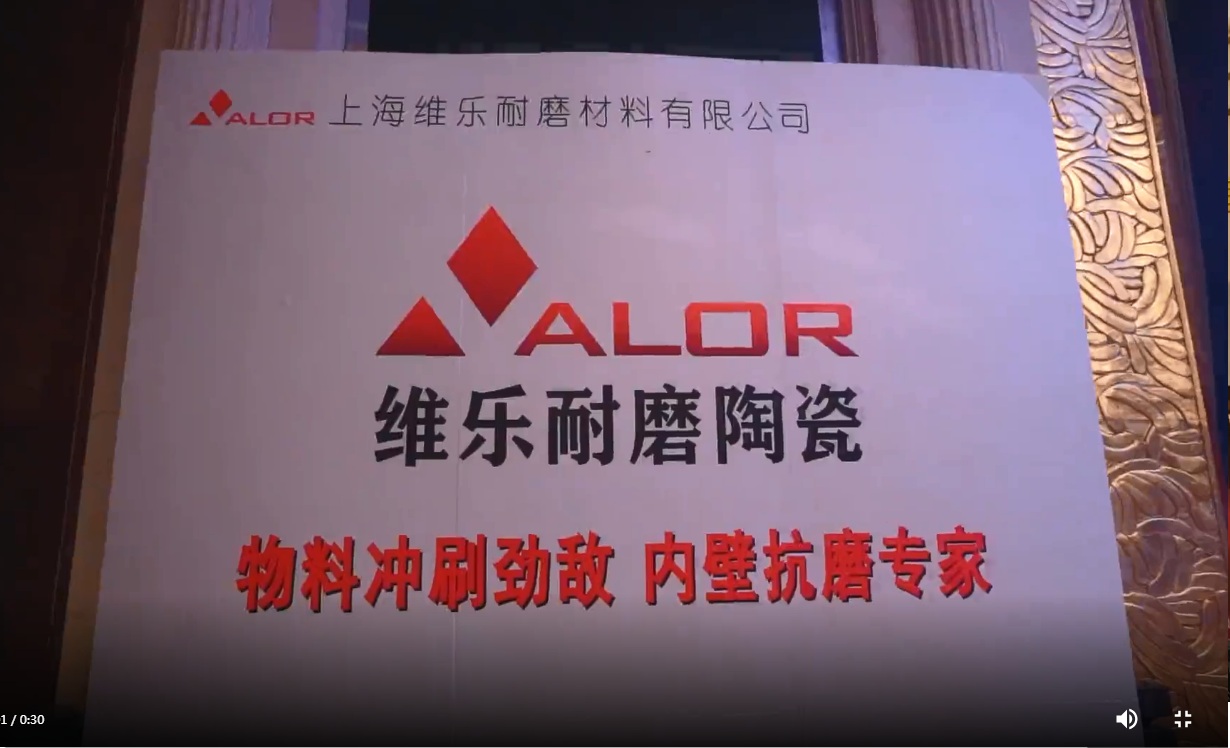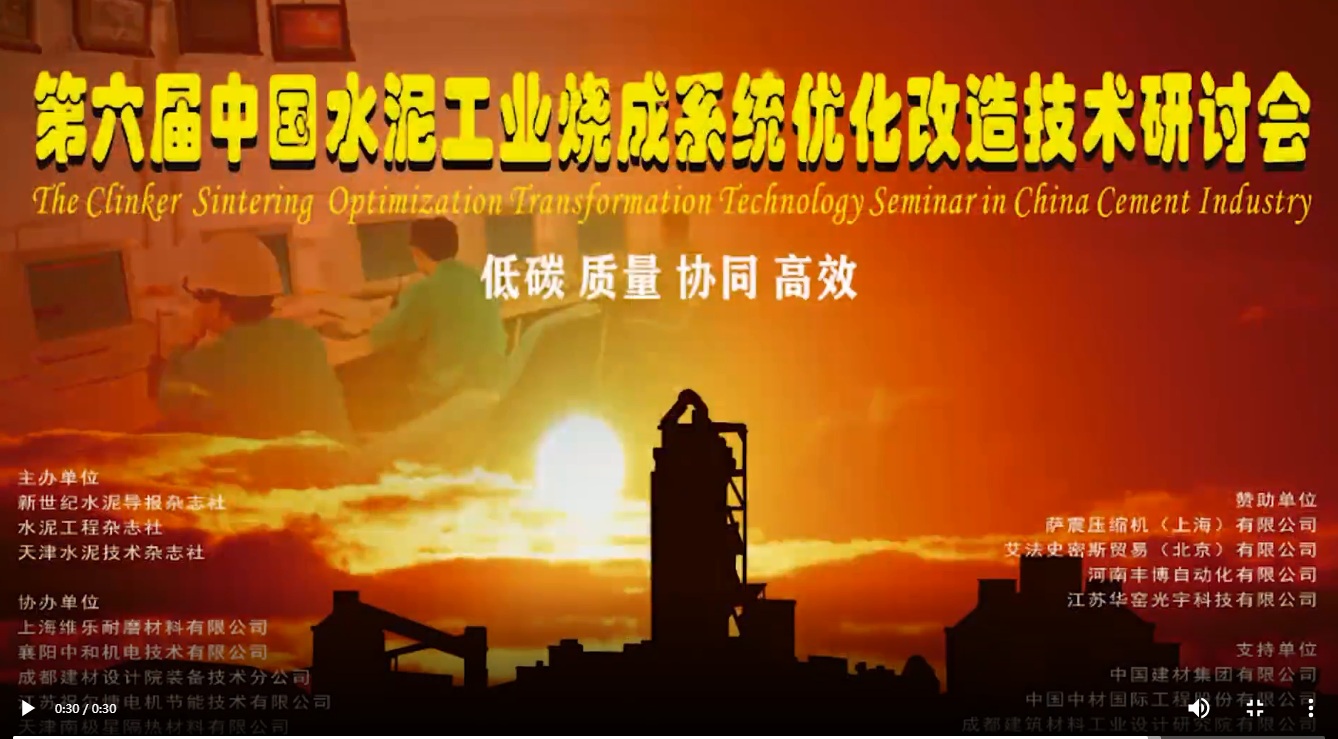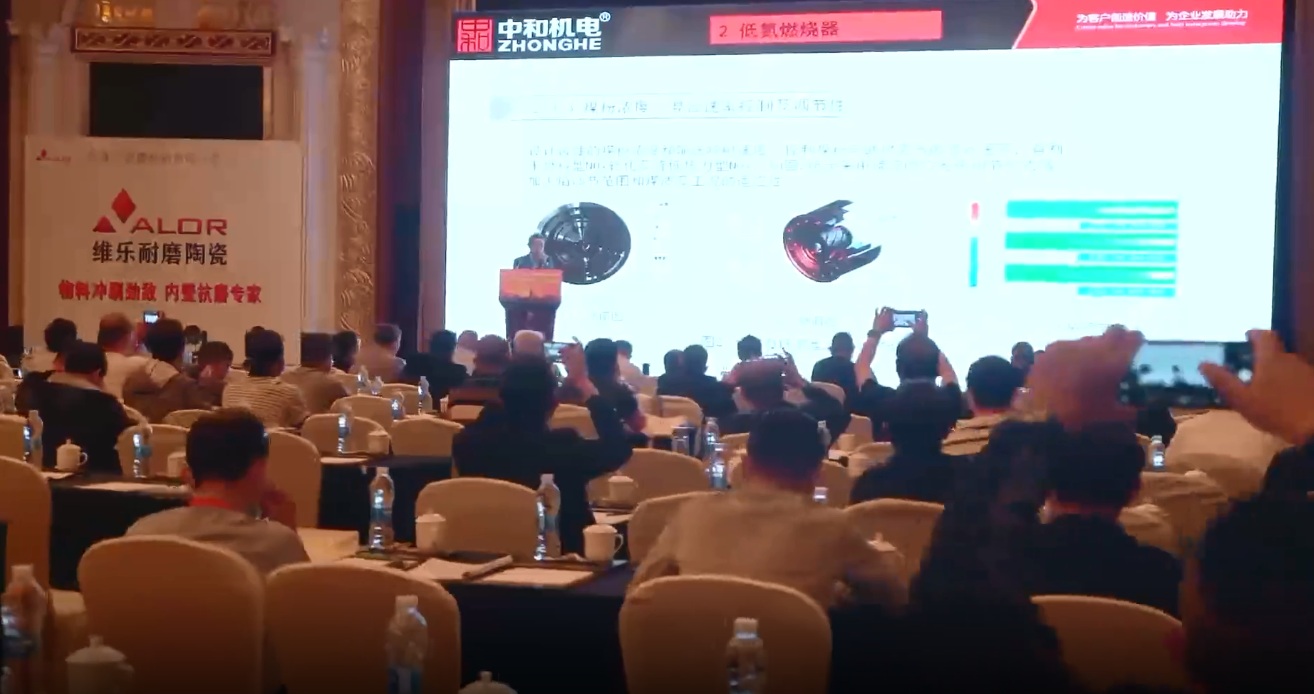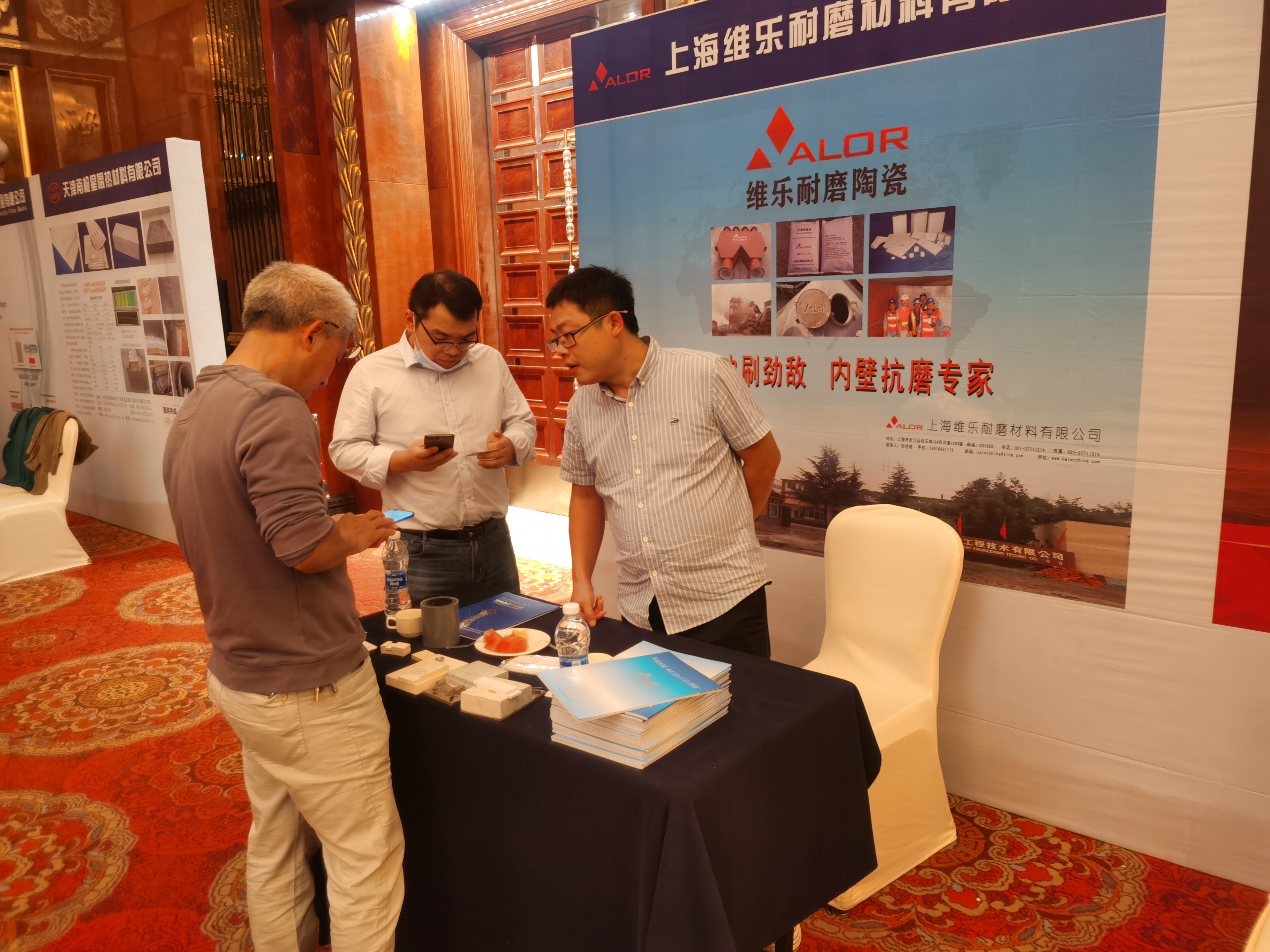The 6th China Cement Industry Firing System Optimization and Modification Technology Seminar
The 6th China Cement Industry Firing System Optimization and Modification Technology Seminar
Release time: 2021-10-27
The "Sixth China Cement Industry Firing System Optimization and Renovation Technology Symposium" co-sponsored by New Century Cement Guide Magazine, Cement Engineering Magazine and Tianjin Cement Technology Magazine with the theme of "Low Carbon Quality Synergy and High Efficiency" will be held in 2021 It was successfully held in Nanchang from October 10th to 12th, 2010. More than 200 people from universities, scientific research institutes, cement companies and equipment and technical service providers attended the meeting, and experts delivered keynote speeches around the theme of the meeting. At the meeting, Professor Qi Yanyong from Southwest University of Science and Technology, the host of the "Firing Forum" column of "New Century Cement Herald", described the ways to achieve low-carbon, low-consumption, and high-yield operation of the firing system based on the actual and theoretical calculation results of China's cement production.

◆Waste heat power generation
In the report, Professor Qi Yanyong showed the calibration data of 9 production lines (see the table below), combined with theoretical analysis, pointed out that there should be a scientific control index for the power generation from waste heat per ton of clinker, especially the kiln head grate cooler, which is best optimized The grate cooler controls the granulation of the clinker, so that all the heat of the clinker enters the kiln, and no residual air is discharged. Using the heat that can be recovered into the kiln as waste heat for power generation will inevitably lead to more carbon dioxide emissions, leading to a high standard coal consumption per ton of clinker, which runs counter to the concept of high-quality operation of the system.

◆Secondary and tertiary air volume and system output
In the report, Professor Qi Yanyong shared the relationship between the air volume of the secondary and tertiary air and the output of the system. The relationship with the second and third air volume). At the same time, it is pointed out that high air flow into the kiln is the key to the high output of the kiln system. To achieve the goal of high production and low consumption, it is necessary not only to improve the heat recovery efficiency of the grate cooler, increase the temperature of the second and third air, but also to avoid the phenomenon of "wind short circuit". Increase the air flow into the kiln.

◆Secondary and tertiary air temperature and coal consumption for clinker calcination
Whether it is the brand difference of the grate cooler or the use of the same brand of grate cooler in different production lines, there will be differences in the heat exchange efficiency of the grate cooler, which is directly reflected in the secondary and tertiary air temperature. In the report, Professor Qi Yanyong showed that the secondary and tertiary air temperature can reach 1200℃, the 1050℃ central control screen of the grate cooler, the standard coal consumption is only 98kg/t.cl, and the secondary and tertiary air temperature is only 1000, 800℃. The central control screen of the grate cooler on the left and right, the standard coal consumption is as high as 110kg/t.cl. Professor Qi believes that the main factor affecting the heat exchange efficiency of the grate cooler is "wind short circuit".

◆Judgment of "wind short circuit" of grate cooler
The "wind short circuit" of the grate cooler not only affects as much high temperature air as possible into the kiln, but also affects the temperature of the high temperature air. This is the key to affecting the output and coal consumption of the firing system, and it is also related to the control of carbon emissions. In order to facilitate business managers and firing system operators to determine whether the grate cooler has a "wind short circuit", Professor Qi Yanyong introduced two determination methods in the report.
1. Judging according to the data displayed by the central control:
(1) Under the same opening, the outlet pressure difference of the fixed end fan exceeds 500Pa;
(2) For beam fans blowing in the same area, the outlet pressure difference of the fans exceeds 500Pa;
(3) The pressure difference between the beam fan and the chamber fan in the same air chamber exceeds 800Pa.
2. Judging by phenomenon:
(1) The fixed end has a large flying sand;
(2) There is a big difference in temperature between the second and third winds.
◆ Ways to improve the efficiency of kiln pulverized coal combustion
Whether the calcination temperature is high and whether the fire power is concentrated depends on the combustion efficiency of the kiln pulverized coal and whether the heat of the kiln pulverized coal is maximized in the burning zone. In the report, Professor Qi Yanyong introduced specific ways to improve the efficiency of kiln pulverized coal combustion:
(1) Quality and fineness of pulverized coal;
(2) Burner;
(3) Secondary air temperature (heat exchange efficiency of the cooler);
(4) The wind speed in the kiln and the amount of pulverized coal combustion air (introduction of oxygen-enriched combustion technology);
(5) When the equipment and pulverized coal remain unchanged, the secondary air temperature should be increased as much as possible, the combustion speed of the pulverized coal should be increased, and the ventilation speed in the kiln should be reduced as much as possible while satisfying the ventilation in the kiln.
Source: Cement Observatory



